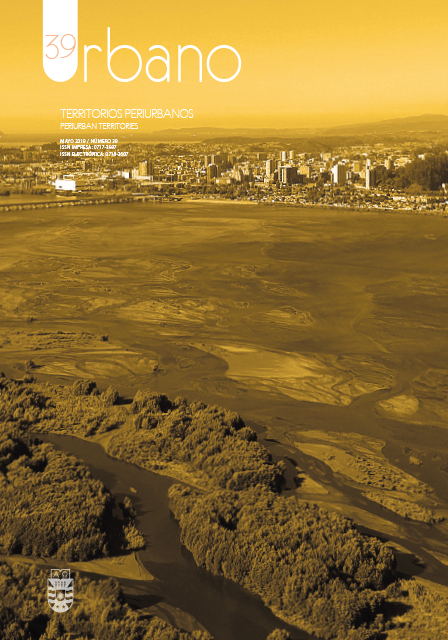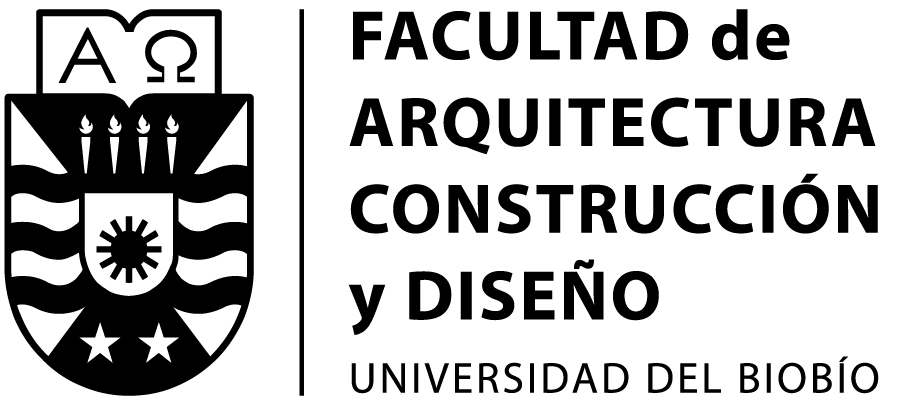La relocalización alimentaria débil: desconexión entre agentes del territorio y planificación espacial / Weak food relocation: Disconnection between territorial agents and spatial planning
DOI:
https://doi.org/10.22320/07183607.2019.22.39.06Palabras clave:
gobernanza alimentaria, Madrid, políticas públicas, ordenación territorial, relocalización sistema alimentario, Vega Bajo JaramaResumen
El interés hacia las redes alimentarias locales y la reconexión entre producción y consumo ha ido creciendo desde mediados de los años 80. El objetivo de relocalización va permeando las agendas urbanas y aumentan las investigaciones, propuestas y recomendaciones que plantean la importancia de la ordenación territorial y los planes espaciales para relocalizar el sistema alimentario. Sin embargo, ni el sector agrario ni los agentes que en la práctica gestionan el territorio, perciben como un factor relevante la componente espacial y de ordenación. Con el proyecto ArimNET DIVERCROP hemos analizado la zona de la Vega Baja del Jarama, próxima al área metropolitana de Madrid. Mediante metodologías participativas se ha trabajado con agentes del sector agrario, de la investigación y de las instituciones locales, así como con entidades de la economía social y movimientos sociales. Los resultados de la investigación constatan que hay en estos agentes un deseo y voluntad de recuperar la producción hortícola y ganadera y ligarla a los mercados locales, pero queda fuera de su imaginario el papel de los planes de urbanismo y de ordenación espacial, a distintas escalas. No identifican los planes espaciales como elementos sobre los que incidir para lograr sus objetivos, más allá de las estrategias tradicionalmente defensivas frente a planes de expansión de suelos artificiales, infraestructuras y actividades extractivas.
Descargas
Citas
Baysse-Lainé, A., & Perrin, C. (2017). Les espaces agricoles des circuits de proximité: une lecture critique de la relocalisation de l’approvisionnement alimentaire de Millau. Natures Sciences Sociétés, 25(1), 21-35.
Comunidad de Madrid (2012). Inventario Nacional de Erosión de Suelos en Madrid 2002-2012.
Confederación Hidrográfica del Tajo (2018) Estudio Ecológico y Dinámico en la Cuenca hidrográfica del Tajo 2012/2015
De Benito Morán, C., Morales Bernardo, I. & Simón Rojo, M. (2018). Los nuevos retos del movimiento agroecológico. En Para evitar la barbarie: Trayectorias de transición ecosocial y de colapso (pp. 133-156). Universidad de Granada.
De Cunto, A., Tegoni, C., Sonnino, R., Michel, C., & Lajili-Djalaï, F. (2017). Food in cities: study on innovation for a sustainable and healthy production, delivery, and consumption of food in cities. Framework.
De Castro, M., Ramis, C., Cotarelo, P., & Riechmann, J. (2007). Cambio climático: un reto social inminente.
De La Salle, J.M., and M. Holland. (2010). Agricultural urbanism. Chicago: Green Frigate Books.
Dubbeling, M., Santini, G., Renting, H., Taguchi, M., Lançon, L., Zuluaga, J., ... & Andino, V. (2017). Assessing and planning Sustainable City region food systems: Insights from two Latin American cities. Sustainability, 9(8), 1455.
Gómez de Mendoza, J. (1999). Los paisajes de Madrid: naturaleza y medio rural. Alianza Editorial Sa.
Ilieva, R. T. (2017). Urban Food Systems Strategies: A Promising Tool for Implementing the SDGs in Practice. Sustainability, 9(10), 1707.
Lardon, S., & Piveteau, V. (2005). Méthodologie de diagnostic pour le projet de territoire: une approche par les modèles spatiaux. Géocarrefour, 80(2), 75-90.
Marsden, T. (2013). From post-productionism to reflexive governance: Contested transitions in securing more sustainable food futures. Journal of Rural Studies, 29, 123-134.
Renting, H., Schermer, M., & Rossi, A. (2012). Building food democracy: Exploring civic food networks and newly emerging forms of food citizenship. International Journal of Sociology of Agriculture and Food, 19(3), 289-307
Sassen, S. (2016). The global city: enabling economic intermediation and bearing its costs. City & Community, 15(2), 97-108.
Simón Rojo, M. (2015) El territorio en el sistema agroalimentario: el tramo medio del valle del Duero 1900-2015 (Doctoral dissertation, Arquitectura).Tesis Doctoral ETSAM. UPM
Simón-Rojo, M.& Sanz Landaluze (2019) La planificación espacial de la transición hacia sistemas alimentarios de base agroecológica. Transversalizando alternativas en el Estado español. En Cuadernos de Investigación Urbanística CIUR, 124, pp 5-19. (en impresión).
Viljoen, A. (ed.). 2005. Continuous productive urban landscapes: Designing urban agriculture for sustainable cities. Oxford: Architectural.
Zazo Moratalla, A. (2015). El parque agrario: estructura de preservación de los espacios agrarios en entornos urbanos en un contexto de cambio global (Doctoral dissertation, Arquitectura).
Descargas
Publicado
Cómo citar
Número
Sección
Licencia
El contenido de los artículos y reseñas que se publican en cada número de Urbano, es responsabilidad exclusiva de los autores y no representan necesariamente el pensamiento ni comprometen la opinión de la Universidad del Bío-Bío.
Las/os autoras/es conservarán sus derechos de autor, sin embargo, garantizarán a la revista el derecho de primera publicación y difusión de su obra. La publicación del artículo en Urbano estará sujeta a la Licencia de Reconocimiento de Creative Commons CC BY-SA que permite a otros compartir-copiar, transformar o crear nuevo material a partir de esta obra para cualquier propósito, incluso comercialmente, siempre y cuando se reconozcan la autoría y la primera publicación en esta revista, y sus nuevas creaciones estén bajo una licencia con los mismos términos.![]()























